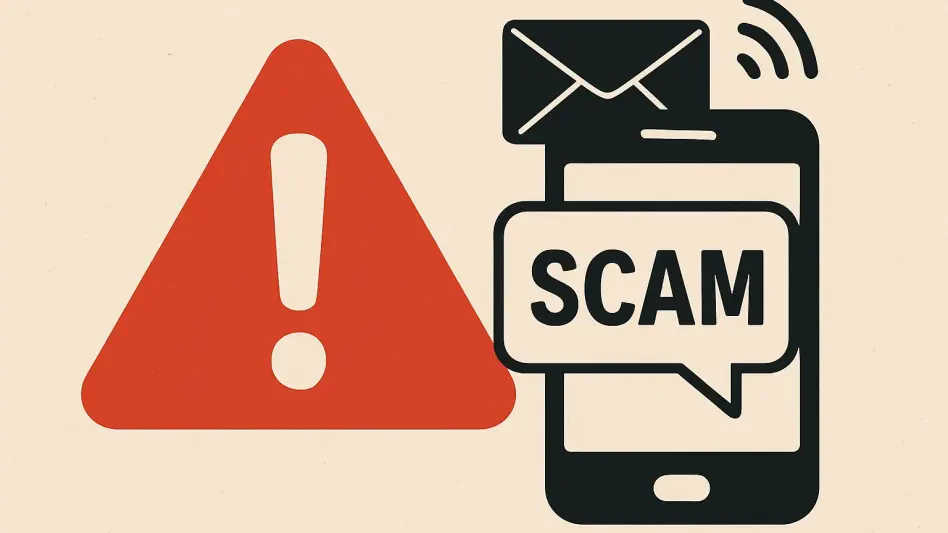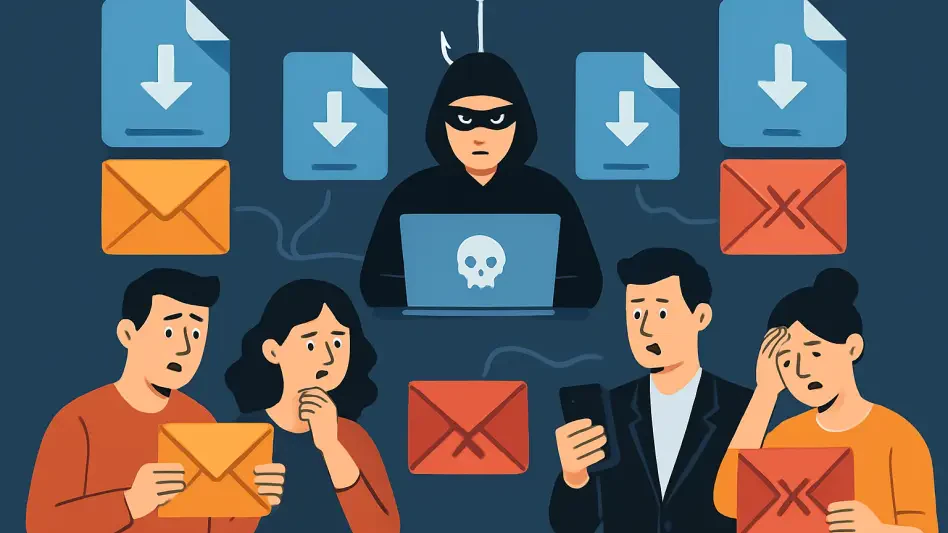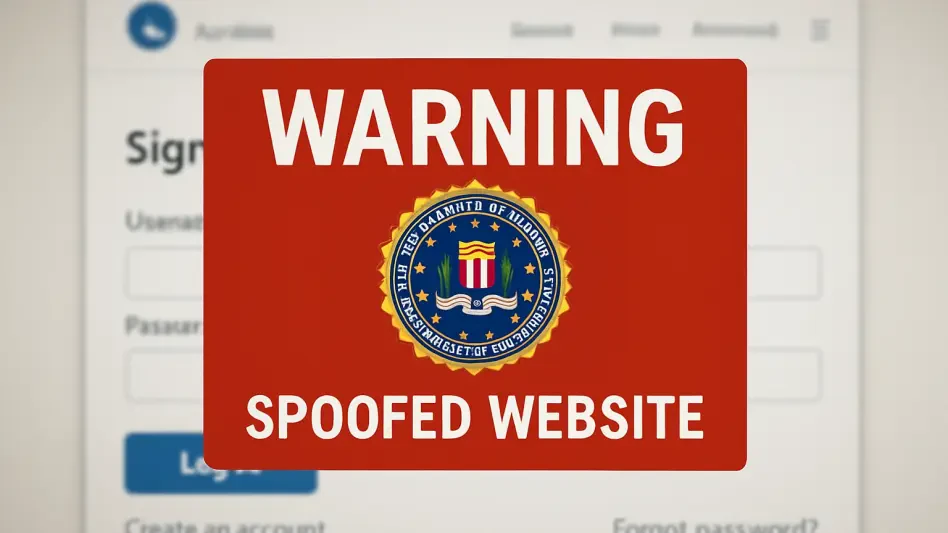In an era of increasing cybersecurity threats, it is essential for institutions like the University of Utah to be vigilant against phishing attacks. These attacks, which often involve deceiving users into providing sensitive personal information, have become increasingly sophisticated. Recently, the university faced a multistep phishing attack in October, targeting university accounts with tactics such as fake job offers, account verification requests, Google forms, and SMS phishing. The perpetrators aimed to harvest usernames, passwords, email addresses, and other personal data, posing serious risks of unauthorized access to university and personal accounts.
Understanding the Sophistication of Modern Phishing Attacks
Jesse Adams, associate director of the Information Security Office’s (ISO) Security Operations Center (SOC), highlighted that contemporary phishing attempts are not always simplistic, often employing a series of tactics to bypass security measures. Traditional phishing might involve a single email prompting a user to log into a fake bank website. In contrast, sophisticated attacks utilize credential phishing, impersonation, and Multi-Factor Authentication (MFA) fatigue attacks to gain access. These multistep campaigns are designed to evade IT security protocols such as Duo.
Phishing attacks commonly deploy familiar tactics to deceive users, such as requesting sensitive information, money, or enticing recipients to click on suspicious links or download harmful software. Adams advises users to remain vigilant and cautious of specific red flags in any communication, such as a sense of urgency, unfamiliar sender addresses, unexpected messages from known contacts, and requests supposedly from university leadership using non-utah.edu email addresses. Additionally, messages prompting users to shift the conversation to different platforms to lower suspicion are also suspicious. Being aware of these patterns can help individuals recognize and sidestep potential threats.
Recognizing and Responding to Phishing Attempts
The ISO’s Phish Tank webpage serves as a valuable resource, offering guidance on identifying phishing indicators. Adams points out that one common pitfall is failing to scrutinize the sender’s email address thoroughly. Even if the display name appears familiar, users should examine the email domain to ensure it matches official university domains such as utah.edu. Overlooking this detail can lead to mistakenly trusting malicious emails, resulting in compromised accounts.
A particularly noteworthy tactic used during the October attack involved leveraging Google Forms to collect credentials before pivoting to other methods. Attackers mimicked two-factor authentication services by requesting personal email addresses and phone numbers. This highlights the necessity of closely reviewing Duo push notifications and marking unfamiliar requests as fraudulent. By doing so, users can prevent unauthorized access to their accounts. Reporting any suspicious activities to the ISO is equally crucial, as this helps protect not only university systems but also personal and external accounts, such as those associated with banks. Prompt reporting can enable swift action to mitigate potential damages and protect others from similar threats.
Vigilance and Reporting: Key to Mitigating Threats
Increased vigilance towards suspicious messages is crucial. Users should remain cautious of messages that exhibit a sense of urgency, come from unfamiliar senders, or are unexpected from known contacts. Furthermore, any communication claiming to be from university leadership but using a non-utah.edu email address should be scrutinized. Such signs are often indicative of phishing attempts. Additionally, requests for login details or money, especially when insisting on email communication, should raise immediate red flags.
For extra protection, users are encouraged to familiarize themselves with the resources provided by the ISO, including the Phish Tank webpage, which contains common phishing indicators. A crucial element in defending against these attacks is thoroughly reviewing email details, including the sender’s email address and domain. An oversight in this aspect can significantly increase the likelihood of falling victim to a phishing scam.
Preventing Unauthorized Access
In today’s world of growing cybersecurity threats, institutions like the University of Utah must remain vigilant against phishing attacks. These scams trick users into revealing confidential information and have become more advanced over time. Recently, the university encountered a sophisticated phishing campaign in October, specifically targeting university accounts. The attack involved multistep tactics, including bogus job offers, deceptive account verification requests, misleading Google forms, and SMS phishing. The attackers’ goal was to collect usernames, passwords, email addresses, and other sensitive data, risking unauthorized access to both university and personal accounts. This incident underscores the critical need for enhanced cybersecurity measures and awareness programs to protect against such threats. Institutions must continuously train their users to recognize and report any suspicious activity promptly to safeguard their communities effectively.







